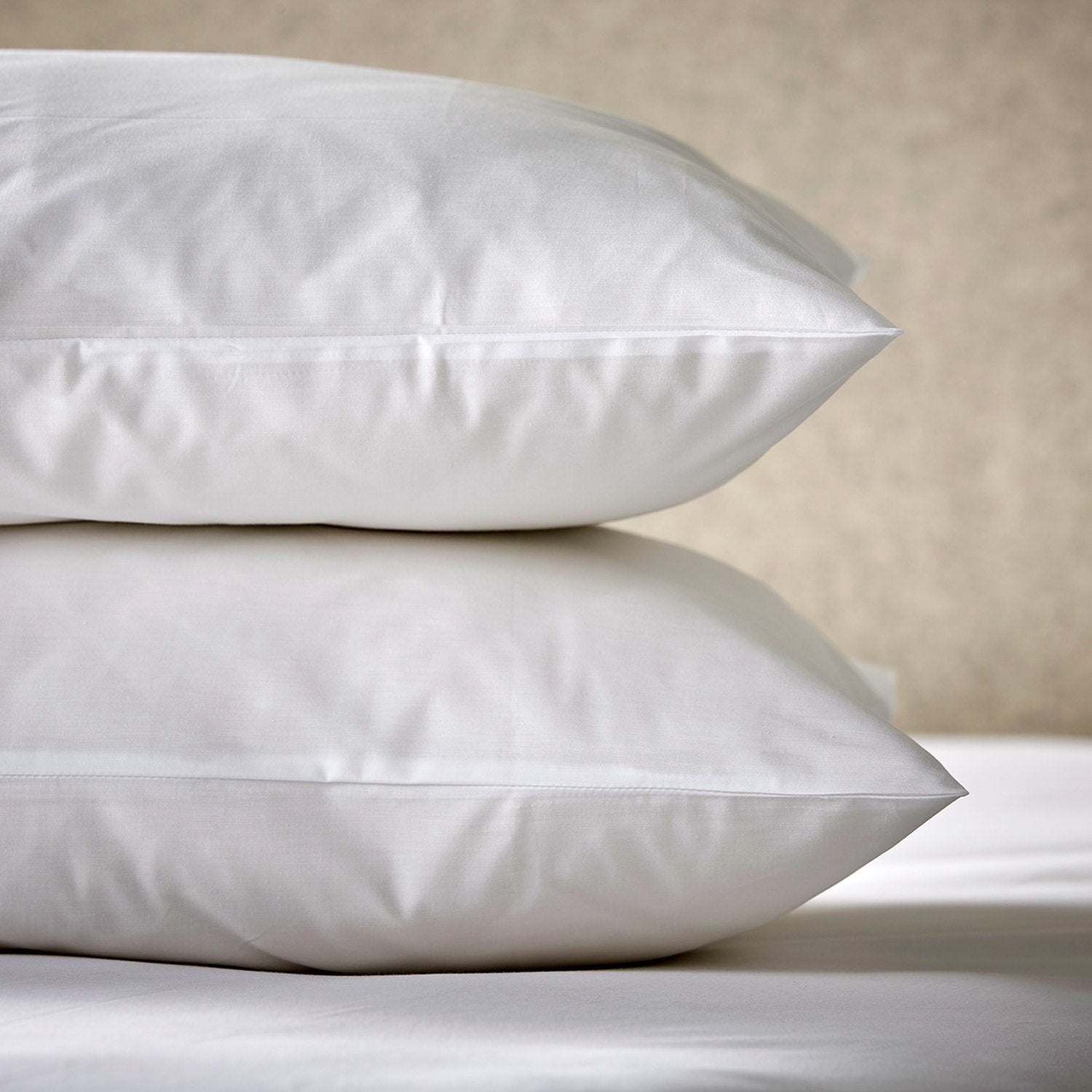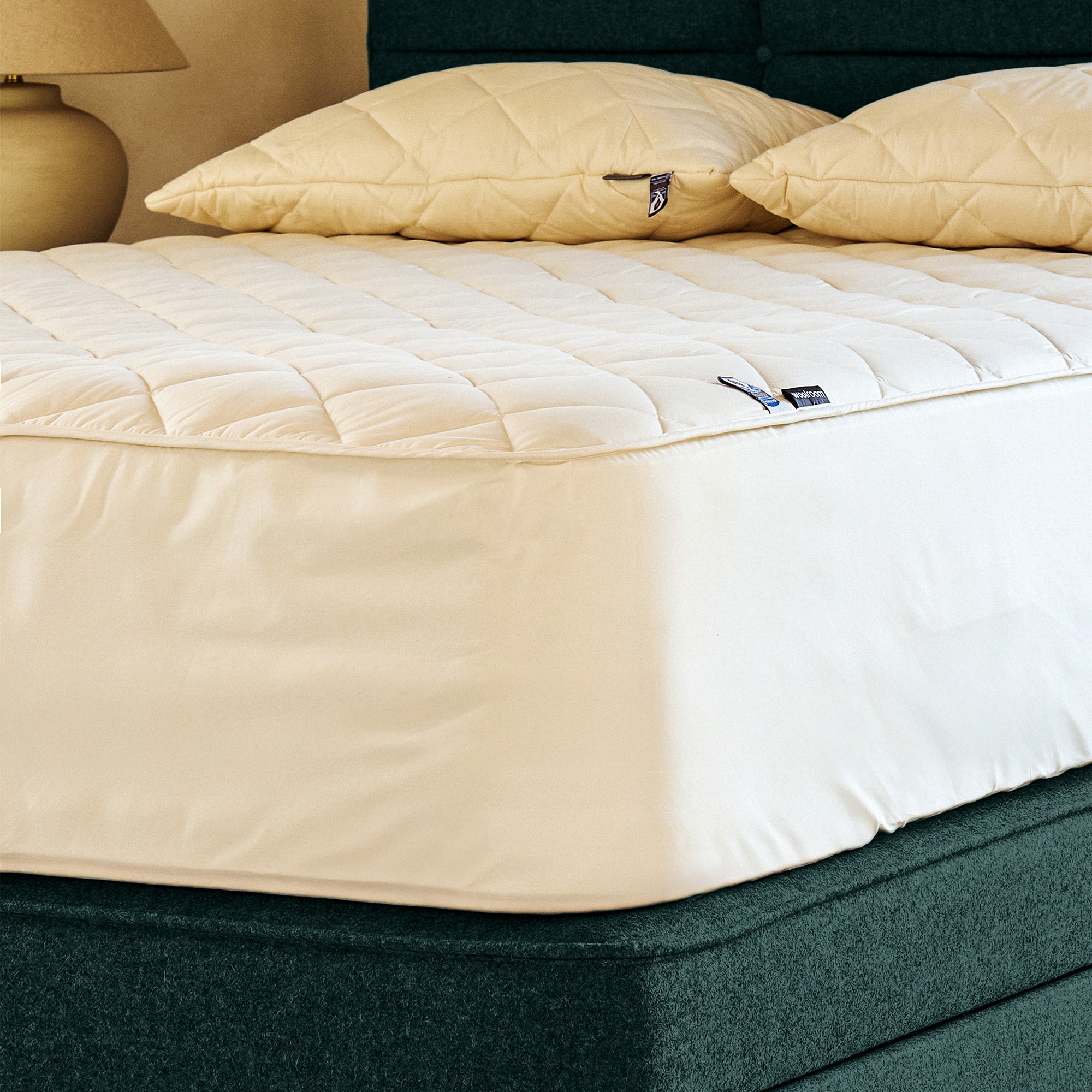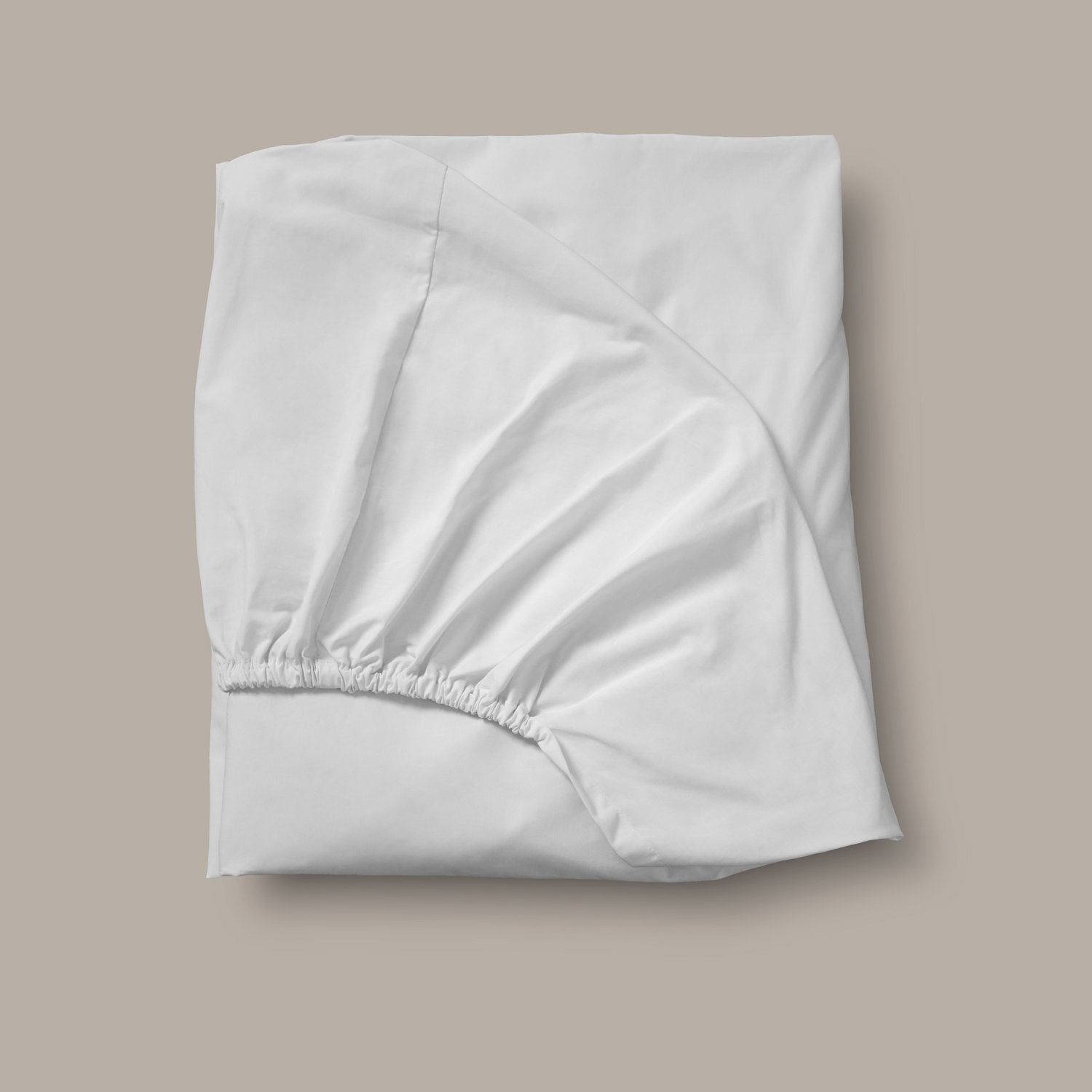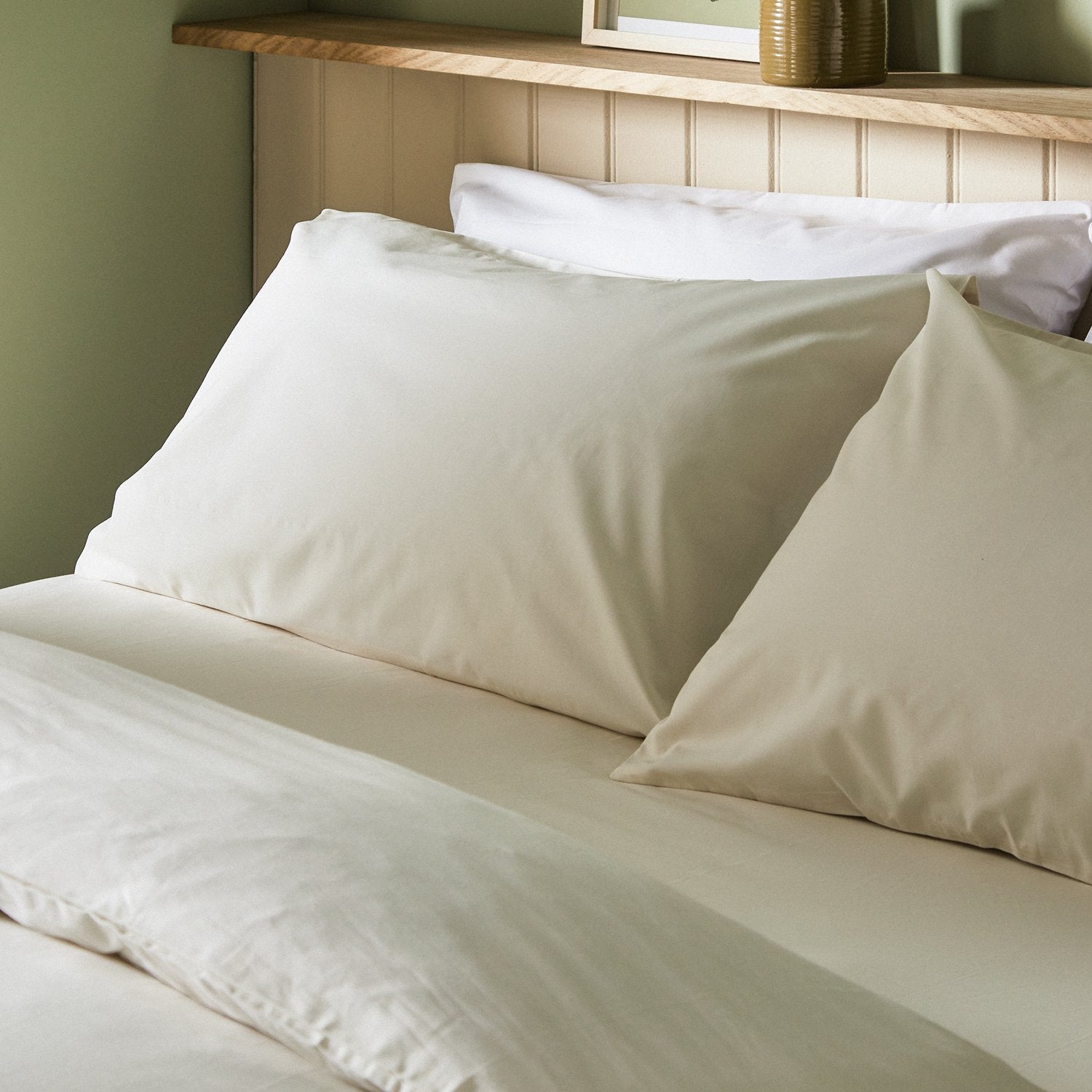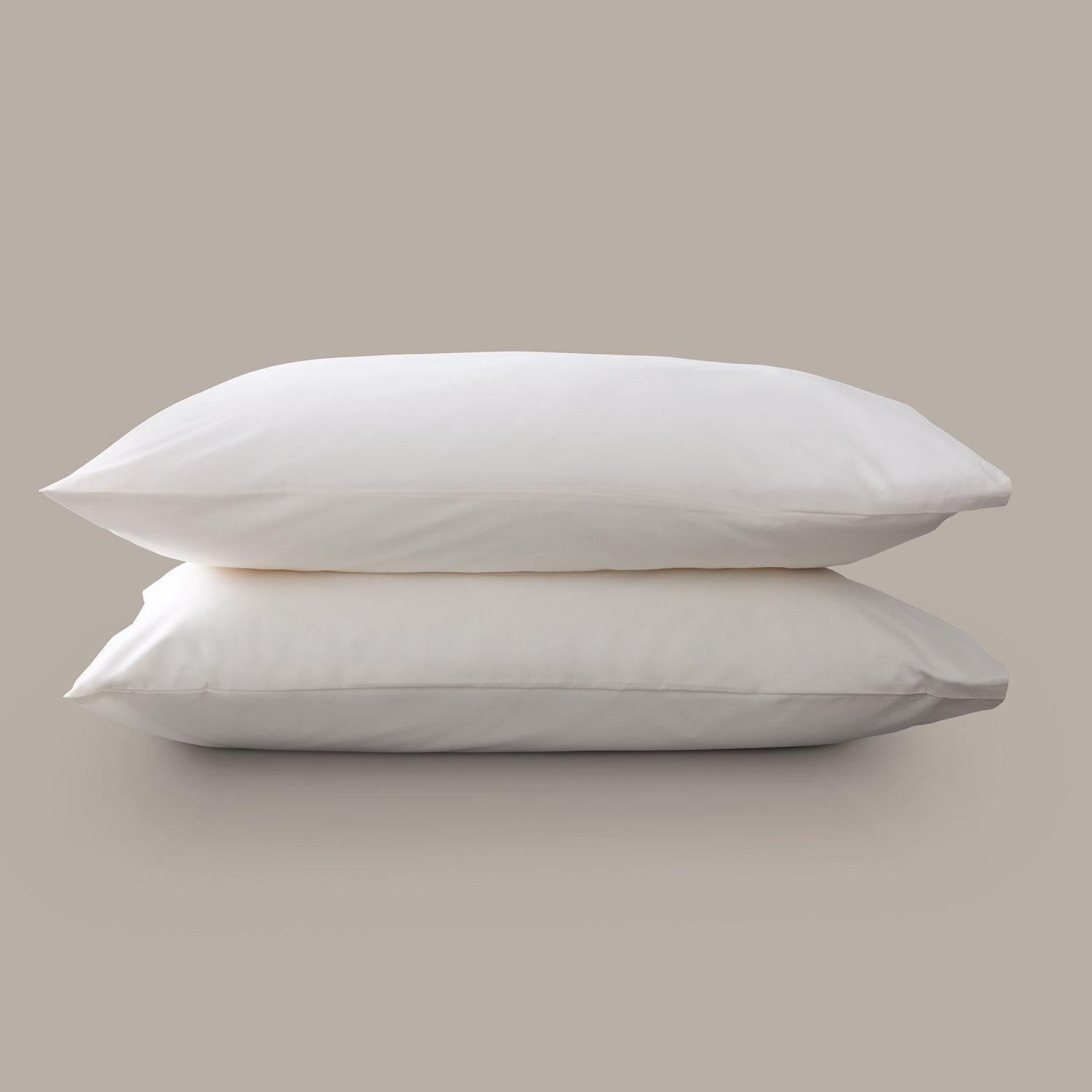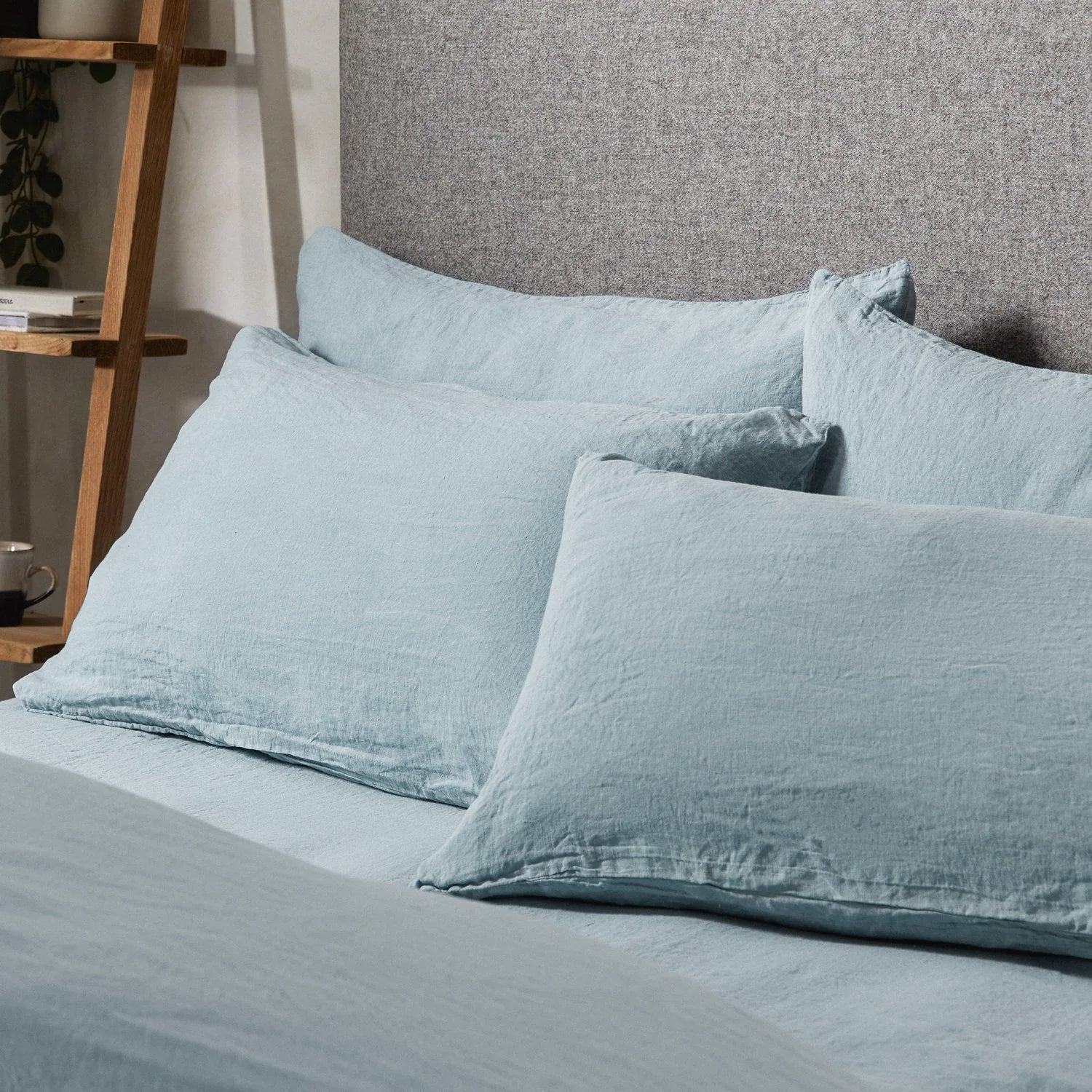Here’s a startling statistic: One in four Americans experiences health problems when they’re exposed to everyday chemicals, and close to half of this group has been medically diagnosed with what’s known as multiple chemical sensitivities, or MCS. We’re all exposed to a barrage of chemicals each and every day—not to mention at night, in the comfort of our own beds—which could be the culprit behind a range of unpleasant symptoms for millions of people. But what exactly is chemical sensitivity, and how do you know if you fall into the affected population? More to the point, what sort of everyday chemicals are we talking about, and how can we keep them well away from the bedroom at the very least? Here’s what to understand about this under-the-radar medical condition and how to choose bedding for chemical sensitivity in the pursuit of healthier sleep.
Understanding Chemical Sensitivity and Its Impact on Sleep
Let’s begin with a proper definition. Chemical sensitivity is a broad term to describe how someone reacts after exposure to certain chemicals, such as household cleaners, diesel fumes, air fresheners, smoke or synthetic materials. This reaction might be physical, in the form of headaches, dizziness, nausea, sinus issues, itchy eyes, chest tightness or skin rashes. It can also be cognitive or emotional, contributing to brain fog, irritability, anxiety, even memory problems. These symptoms are highly personal, which means exposure to a certain chemical may give one person a mild headache that goes away within an hour or so, while another person exposed to the same chemical feels so nauseated or out of sorts that they can’t function normally for a good day or two.
Now, imagine that exposure happens every night when you climb into bed. Maybe you notice throat or sinus irritation or your skin feels itchy, which directly affects your ability to fall asleep and comfortably stay that way all night. Chemical exposure from mattress and bedding materials can also keep the nervous system activated when it should be calm, leading to anxiety and general restlessness that makes it really hard to relax. In the morning, hours of exposure are likely to mean you wake up feeling groggy, dizzy or with a pounding headache and the sense that you didn’t sleep a wink all night long.
What Is Multiple Chemical Sensitivity?
Not all chemical sensitivity qualifies as multiple chemical sensitivity, which describes an acute and chronic version of the same condition. With MCS, the reaction is often stronger and triggered by even very low levels of a wider range of chemicals. People with this condition can experience serious health effects. In addition to the headaches and dizziness of general chemical sensitivity, symptoms of cognitive impairment, breathing challenges, heart palpitations and asthma attacks are all typical for people with MCS.
How Bedding Can Contribute to Chemical Sensitivity Reactions
We tend to think about mattresses and bedding in terms of softness and coziness, without considering the materials behind them. Conventional mattresses, especially bed-in-a-box models, are typically made with polyurethane foam (which is the basis for memory foam as well). At room temperature, this petroleum-based material releases chemicals called volatile organic compounds, or VOCs. It’s that telltale “new mattress smell,” but it can mean headaches, breathing issues, dizziness, skin irritation and a long, restless night with little sleep—and the symptoms are often worse if you have chemical sensitivities.
Some VOCs can linger in your bedroom for months, especially if you tend to keep the doors and windows closed. Other synthetic materials common in mattresses and bedding, like polyester and nylon, can release VOCs as well. Plus, many mattresses are treated with synthetic flame retardants, finishing treatments and dyes, which makes for a veritable cloud of chemicals that you’re breathing in night after night.

What to Look for in Hypoallergenic & Chemical-Free Bedding
While avoiding chemicals completely isn’t feasible, you can take steps to create a cleaner, healthier bedroom for more sustainable sleep.
Natural and Organic Materials
Begin by switching out synthetic materials in your bed linens. Instead of polyester and rayon (which are notorious for trapping heat, a hurdle to good sleep on its own), opt for bedding made from natural fibers, like organic wool, organic cotton and organic linen. Non-toxic and eco-friendly, these organic materials help eradicate unwanted chemicals from the bedroom.
But don’t trust the marketing claims alone. A certification from the Global Organic Textile Standard means that a product is free of toxic dyes, bleaches, finishes, synthetic flame retardants and pesticides, and that no heavy metals or harsh detergents were used during manufacturing. For people with chemical sensitivities, GOTS is a really important standard to prioritize, especially in your choice of mattress and bedding. (And bonus, GOTS also ensures fair working conditions and eco-friendly production).
OEKO-TEX Standard 100 is another great standard, indicating that a textile has been tested for over 100 harmful chemicals and is safe for direct skin contact.
Avoiding Synthetic and Treated Fabrics
For those with chemical sensitivities or MCS, the issue with materials like polyester, microfiber and even conventional cotton is that they typically contain and release irritants. We already covered the fact that polyester—another petroleum-based product—releases VOCs. But it’s often treated with additional chemicals, including dyes and anti-wrinkle or anti-stain treatments. Plus, its tendency to trap heat leads to a buildup of sweat and moisture on your skin, which can make any sensitivities worse.
Microfiber is similar, in that it’s typically a polyester blend and has water- or stain-resistant finishing treatments. It can off-gas VOCs, but it also sheds microplastics. Conventional cotton, meanwhile, often goes through a chemically intensive manufacturing process and a number of finishing treatments to resist stains or wrinkles. It can leave behind residuals that are irritating to the skin, lungs and eyes, even after being washed. It makes for a chemically-laden sleep environment, which is especially problematic for those of us with sensitivities.
Importance of Proper Ventilation and Washing
While the best approach is to avoid sheets, pillows and comforters that are made with synthetic fabrics or harsh finishing treatments, proper ventilation can go a long way. Airing out new bedding helps chemicals evaporate faster, so make a point of getting it out of its packaging and hanging it outside, away from direct sunlight, or in a very well-ventilated room. Give it a good 72 hours or longer before using it.
It’s also a good idea to wash your new bedding before sleeping with it. Use a non-toxic, fragrance-free detergent (look for labels like “for sensitive skin”) and skip the fabric softeners and dryer sheets, which leave chemical coatings behind. Hot water helps break down chemicals faster, but double check the label to be sure that’s appropriate for the fabric.

Best Bedding Options for People with Chemical Sensitivities
No matter how well you wash your bedding, there’s a chance that remaining chemicals can trigger reactions for those with chemical sensitivities. A workaround? Avoid the chemicals in the first place!
Organic Cotton Bedding
Cotton is a natural fiber, but it’s been widely described as the world’s dirtiest crop because the treatment process is laden with chemicals. Organic cotton, however, is grown without pesticides, fertilizers and herbicides, along with far more sustainable farming practices as a whole. Organic cotton sheets aren’t treated with chemical finishes, like flame retardants, wrinkle-resistant chemicals, dyes or bleaching agents. Overall, they’re just less processed, which makes them more comfortable on sensitive skin (and usually softer and more breathable, too). Remember to look for GOTS-certified organic cotton bed linens, which is what you’ll find here at Woolroom.
Wool Bedding as a Natural Alternative
Wool is another great choice for bedding staples like pillows, comforters and mattress toppers. At Woolroom, our organic wool is chemical free, thanks to our non-toxic scouring and processing methods. Since wool is a natural flame retardant, we have no need for chemical versions and we ever use synthetic additives. This impressive fiber is odor resistant and naturally antibacterial, with an inherent ability to regulate temperature and wick moisture. That makes for an inhospitable environment for allergens and irritants, which can exacerbate chemical sensitivities. Plus, it helps prevent overheating and night sweats, which tend to make skin and breathing problems worse.
Linen for Chemical-Free Comfort
Linen is another great choice for bedding if you suspect chemical sensitivities. Sourced from flax, which doesn’t need as many pesticides or chemicals to grow well, linen is far less likely to carry chemical residues. Organic versions avoid chemical treatments altogether, and linen is generally mechanically processed, which makes for a cleaner finished product. As a bedding material, linen is also breathable, antibacterial and resists mold and dust mites, just like wool. Our organic linen-cotton blend sheets are a great choice for people who prefer a slightly softer version of this classically rumpled staple.

Additional Tips for Creating a Chemical-Free Sleep Environment
While upgrading to organic bedding is a good first step, here’s what else to keep in mind for a healthier sleep space.
Choosing a Non-Toxic Mattress
Opt for a mattress made with natural materials, like wool, latex and organic cotton, in lieu of synthetic materials like polyurethane foam, memory foam and polyester. You’ll sidestep the off-gassing issue, and natural materials lend themselves beautifully to better sleep. They’re breathable, allowing air to circulate to prevent overheating, and far more durable than their synthetic counterparts. That means a longer mattress lifespan, which is better for your wallet and the planet. Then there’s the sustainability factor—mattresses composed of natural materials are manufactured with more eco-friendly practices. That’s particularly true here at Woolroom. Our organic wool mattresses start with fully traceable wool harvested from happy, healthy British sheep. We only partner with farms that adhere to the five freedoms in the UK Animal Welfare Act of 2006, so you can rest easy that your mattress was crafted in the most ethical and responsible manner possible.
Using Air Purifiers and Natural Cleaning Methods
Indoor spaces, like your bedroom, don’t generally get a ton of airflow, which means trapped chemicals can accumulate. It’s not just your mattress and carpet or your sheets and bedding. It’s the cleaning products you use and the scented candle or plug-in air freshener you use. Even personal care products can contribute to chemicals that linger in the air. That constant low-level exposure, even absent a strong smell, can lead to all of the chemicals we mentioned above. Try cracking a window to let in fresh air regularly, or consider investing in an air purifier to help trap particles and VOCs.
The Bottom Line
Chemical sensitivity is more common than you think. And while it’s not feasible to combat chemical exposure at large, you can definitely take steps to make your bedroom a cleaner, healthier space. Start by upgrading to a mattress and bedding free of synthetic materials. Natural materials, like wool and organic cotton, don’t just reduce your chemical exposure. Their innate characteristics make them better suited to sweeter dreams. Be mindful about the chemicals you may inadvertently be bringing into the bedroom as well. Swap out the heavily scented detergents, cleaning products and personal care goods for lower toxicity options—there’s a good chance you’ll notice a big difference in how you feel, for the better.



